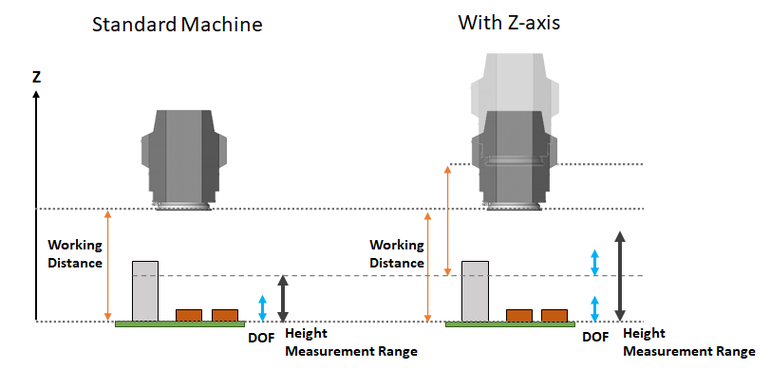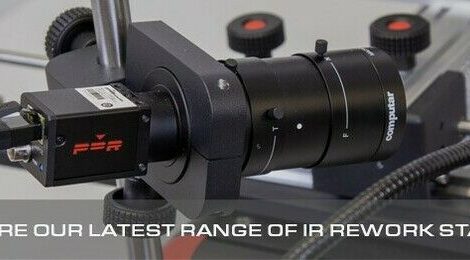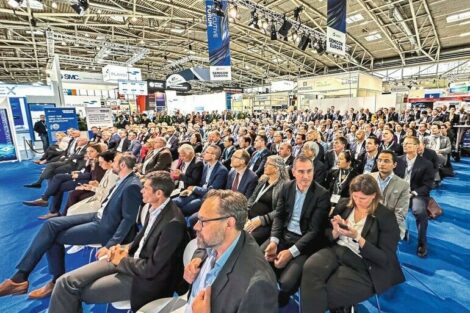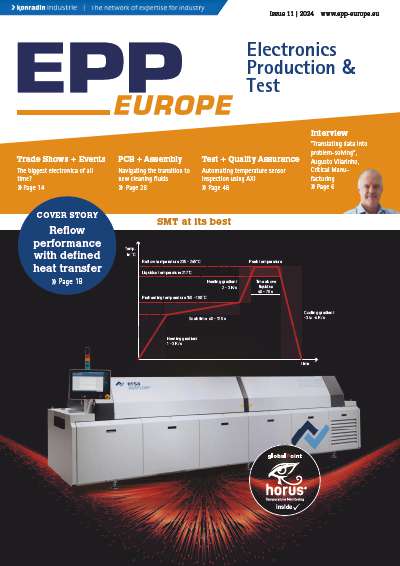Saki Corporation, manufacturer of automated optical and X-ray inspection equipment, will exhibit its latest Z-axis optical head-control innovation for 3D-AOI systems at this year’s Nepcon Asia exhibition. The new solution has an extended measurement height capability for a wide range of applications and process inspections.
The company will also show its bottom-side 2D-AOI and latest 3D-SPI platform. The company says visitors to the show are invited to meet the Saki team on Booth 1H35 which it will share with its partner Shenzhen SK Electronics (SKE).
The event will take place on 25–27 August at the Shenzhen Convention and Exhibition Center, in Shenzhen, China.
Saki says its new Z-axis solution was developed in response to the increase of customer applications demanding accurate inspection of tall components, press-fit components and PCBAs in jigs. The innovative optical-head achieves a maximum height-measurement range in 3D mode up to 40mm. The maximum focus height in 2D is also increased to 40mm. With these capabilities, the company says its 3Di-AOI solutions can be equipped to inspect low-profile components and refocus on the identification and polarity markings of tall components such as large electrolytic capacitors. The composite image enables accurate defect detection and optical character recognition (OCR or OCV), ensuring superior quality assurance.
“Participating at Nepcon Asia alongside our China partner SKE is a great opportunity to demonstrate our continuous commitment to solving the latest electronics manufacturing challenges faced by our customers in the region and around the world,” says Zheng Ri, General Manager of Saki China. “Manufacturers are increasingly under pressure to raise throughput, reduce costs, whilst at the same time delivering ever more complex products at consistently high quality. The Z-axis optical head system for AOI has already been very well received since its launch and will be a definite show-highlight. We are looking forward to exhibiting our solutions that deliver the enhanced capabilities to help meet these goals and address the challenges of new assembly techniques and demanding component technologies.”












